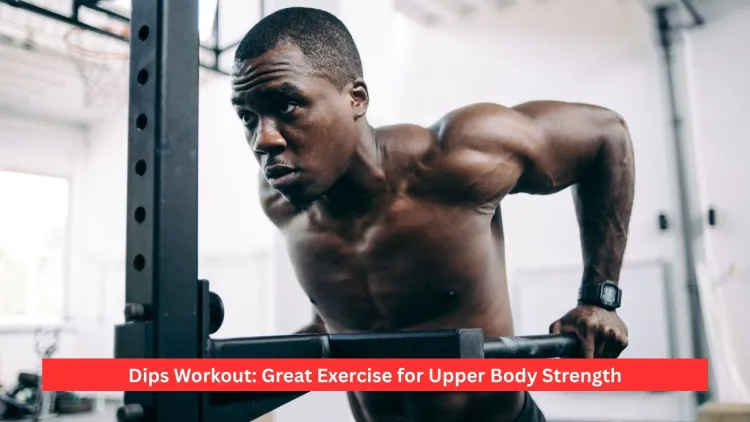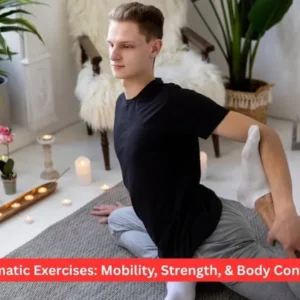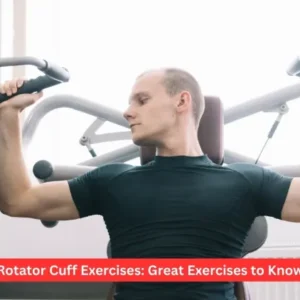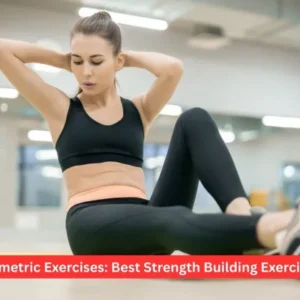Dips workout is among the best bodyweight exercises that are effective in strengthening the upper body and promoting muscle growth. It can be used with own weight that exercises the chest, triceps and shoulders to build up size, power, and endurance. Although it is simple, dips can get similar results as weighted exercises. Dips can be incorporated into any upper body workout and therefore, can be done at home, in the gym, or outdoors because it is easy to incorporate into any workout and are very effective in building muscle.
What Are Dips?
Another type of exercise that is an upper-body compound exercise is the dips, which consist of raising and lowering your body on parallel bars or any other surface. They are usually done on dip bars and entail using your arms to hold your bodyweight upright, then bending your knees to get down and straightening them to get up. Dips are the opposite of machinery with a fixed path that does not use the stabilising muscles, thereby enhancing core activity and increasing overall functionality.
Various types of dips exist, and each one of them has its advantages. Dips on triceps are the simplest and can be done by beginners, whereas parallel bar dips are more difficult. The dips workout can be simply adjusted to your level of strength, objectives, and setting, making it an ideal exercise that suits any person, whether a beginner or a professional lifter.
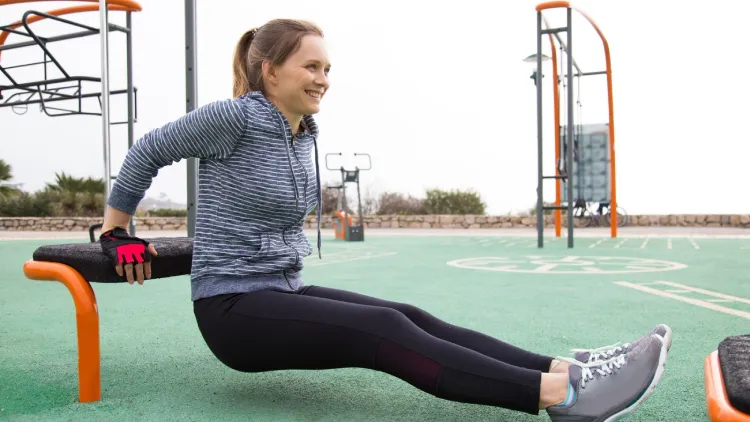
Targeted Muscles in a Dips Workout
The dips workout exercises several large muscle groups in the upper body, including:
- Triceps: It is the major mover that is the one that extends the elbow joint when lifting upwards.
- Pectoralis Major (Chest): The lower chest in particular. Dips can further be enhanced by leaning forward during the dips to enhance the recruitment of the chest.
- Front Shoulders (Anterior Deltoids): Help in the process of stabilisation and pressing.
- Core Muscles: These are involved in holding the body in check and supporting during the exercise.
- Forearms and Grip Muscles: Maintain the amount of weight in your body and support it during movement.
Dips also enable a deep stretch at the bottom of the movement, which leads to increased muscle activation and development in addition to involving more than one muscle in the exercise.
Benefits of Dips Workout
1. Develops Large Upper Body Strength
The dips workout is a combination exercise that involves more than one joint motion into one comprehensive single joint motion. This renders it very effective in the generation of pure pushing power. As compared to isolation exercises, dips engage many muscles simultaneously, which enables you to make use of greater opposition, which means your own body weight. This eventually builds up severe upper-body power and enhances performance in sports.
2. Boosts Muscle Hypertrophy
The growth of muscles is based on muscle tension and strain. Both are available in the dips workout. The reduction of yourself down into the deep dip position puts the chest, triceps fibres into an extreme strain, which results in muscle gain. Dips are more efficient for many lifters than push-ups or even certain types of bench presses because they engage the chest and arms more completely.
3. Promotes Functional Strength
Dips also train the body to work as a unit, not a single compartmented isolation of a muscle. This causes dips to be good in developing the type of strength that is applicable to life in general and sporting activities. The exercise enhances stability in the shoulders, core, and muscular coordination- without the use of any fancy machine in the gym.
4. Minimal Equipment Needed
All it takes to do a dip exercise is a strong surface, such as parallel bars, gym rings, or even a bench. It is what makes dips perfect for in-house fitness, outdoors in parks, and bodyweight training regimes such as callisthenics.
5. Allows for Easy Progression
Dips are easy to adjust according to the level of ability. When the dips are too easy, pull your body further by adding a weight in the form of a belt or a backpack. In case they become too challenging, begin with bench dips or with the help of the resistance bands by placing your feet on the ground or using resistance bands.
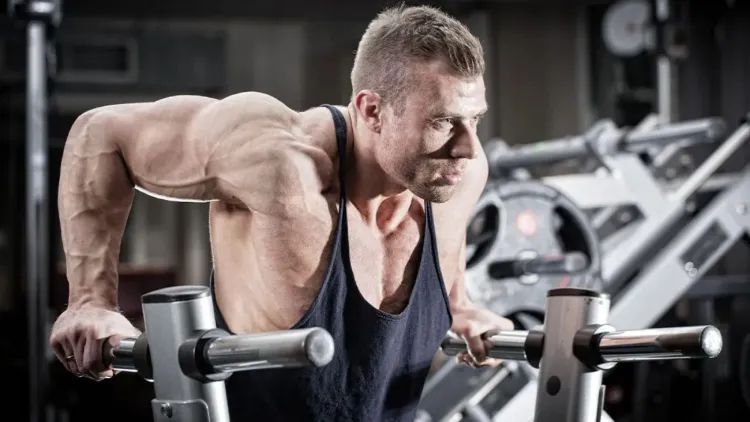
How to Perform Dips Properly
Parallel Bar Dips (Normal Form)
- Kit and stand in two parallel bars between which you grasp your hands.
- Raise the body to the initial position with the arms in a straight posture and shoulders low (not hopped).
- Lean forward slightly, keeping your chest erect and core straight.
- Bring the body down to approximately a 90 angle (a little less) of the elbows.
- Push-ups back to your palms till you get into the same position.
Bench Dips (Beginner-Friendly)
- Stand on a bench and put your hands near your hips.
- Slide forward and straighten out your legs, and stretch them forward.
- Bend your body backwards by bending your elbows to have your arms at a 90-degree angle.
- Bend backwards with your back to the bench.
- Keep in mind: The stronger the dip, the more challenging but at the same time, more complicated on your shoulder joint. Passing parallel is usually enough for most lifters.
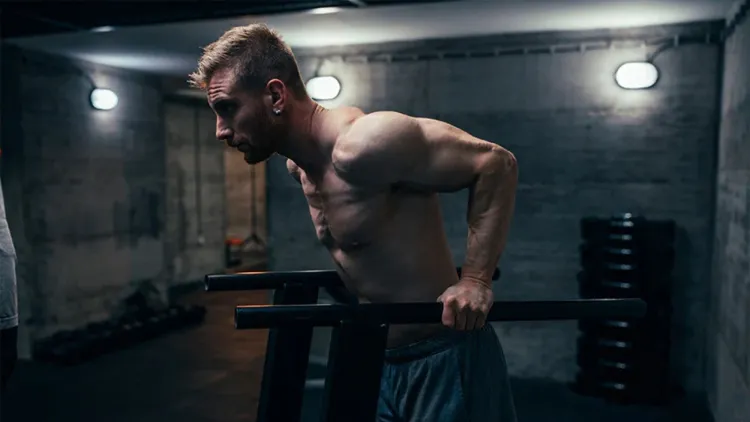
Variations of Dips Workout
1. Weighted Dips
When the bodyweight dips become manageable using a dip belt, hold a plate. This will enable you to continue developing and gaining muscle even when you have reached the stage where your body weight can no longer sustain you.
2. Ring Dips
Gymnastic rings are more unstable, which is why you will be using a solid bar, where you have no choice but to work harder to support yourself. This change is particularly immense among athletes and functional trainers.
3. Korean Dips
Korean dips are performed on a straight bar and placed behind the back, and, like the last two, they focus on the shoulders and triceps, but they represent a special challenge.
4. Negative Dips
This difference is concentrated on the decreasing stage of the movement. Gradually kneeling for 3-5 seconds is a form of strength and control that is ideal when starting as a beginner.
Errors to watch out for and their prevention
- Flaring Elbows Outward: Have your elbows bent in a little to prevent overstrain on the shoulder joint and to maximise the activity of the triceps.
- Dropping Too Quickly: Control is crucial. This can result in injury as well as reduced muscle tension, as lower, ing too fast may cause both to occur.
- Incomplete Range of Motion: Dips cause too shallow a workout to be effective. Bend down to at least elbow level with the wrists.
- Using Momentum: The bottom banging or swinging takes the strain off the muscles and may cause the joints to act in a straining way. Move the rep in a smooth and controlled movement.
Recommended Reps and Sets
- Novices: 2 -3 sets of 6- 8 assisted or bench dips.
- Intermediate: 3-4 sets of 8-12 (full body weight) dips.
- Advanced: 6-10 sets of weighted dips or any derivatives of the dip.
Like most of the power exercises, 10 dips, 3 sets are a great objective when one is a beginner. When you can do these in perfection with no straining odds, then it is time to increase them with any form of resistance or a high level of advanced forms.
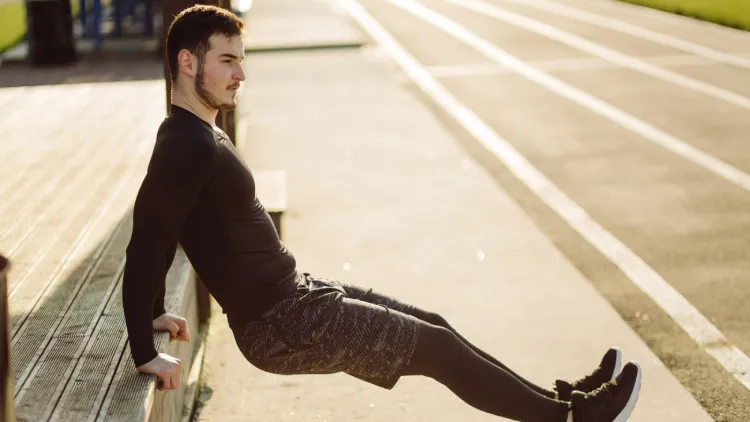
Tips for Progressing in Dips
- You should learn to control your figure first, then add mass.
- Training accessory muscles, such as tricep extensions, bench press, and push-ups, are some examples of complementary exercises.
- Slowly over time, increase the frequency of the dip- you are overtraining your shoulders, and the outcome may be shoulder pain or tendinitis.
- Look into having dips and pull-ups to complete a push-pull exercise regimen.
Safety and Precautions
Although the dips workout is the most efficient one, it is also very stressful on the shoulders. Warm-up and mobility need to be done properly. Should some sharp pains occur in your shoulders, then just do fewer of your dips or find an easier version of the dips.
Other athletes who might have suffered injuries in the neck, also have impingements or restricted mobility, must exercise caution in attempting dips, or they should substitute the dips with other exercises such as close-grip push-ups or tricep pushdowns until they can develop the appropriate stability afforded by the dips.

Conclusion
The dips workout should become a part of your strength training with muscles in the upper part of the body, as it provides strength, mass, and efficiency of muscles without huge costs on machines. Dips provide a sound base whether you are in pursuit of a larger chest or more robust arms, or more stronger weight-to-strength ratio. Such athletic heroes as Mike Tyson and Muhammad Ali have been known to train with dips and exercises that use just body weight in their programs due to the focus on power, discipline, and stamina.
Widening your triceps and enhancing the depth of your chest muscles to make you stronger in pushing things and working on your triceps along with your chest, dips can be all at once a hard, satisfying and varied workout experience. Dips will make you powerful in your upper part of the body, and they will improve fitness when they are done correctly and in the correct form.
Frequently Asked Questions
1. Are dips effective at building muscle?
Dips are, in fact, some of the most suitable bodyweight exercises to build muscle in the chest, triceps and shoulders. The heaviness and the extensive stretch offered through the use of your own body weight make them good for hypertrophy of muscles, in the case of proper form and progress.
2. Is dips superior to push-up or pull-up?
Both dips and push-ups are focused on the upper body, although in dips, the lower chest and triceps are more emphasised and thus suitable for developing deeper chest definition. Pull-ups, on the other hand, are aimed at the back and the biceps. It is possible to use a bodyweight workout with all three to develop the upper body completely.
3. So how many dips do I need to do to get results?
Novices could begin with 2-3 sets, 6-8 repetitions and go up. It will be better depending on your level of experience and recovery capacity. It is better to be consistent than to do a high number, but approximately 20 to 50 controlled reps in any one session is good for building strength and muscles.
4. What are the drawbacks of doing dips?
This may make the dips extremely demanding on the shoulder joints, particularly when performed improperly or with a sharp, excessive range of motion. Assisted dips or other exercises should be the beginning for those who have been having shoulder pain or impingements. Warm-up, progressive overload and management of movement are the main factors in lessening the risk of injuries.

